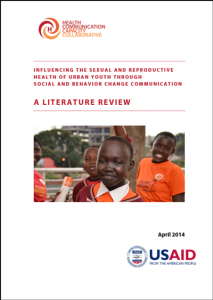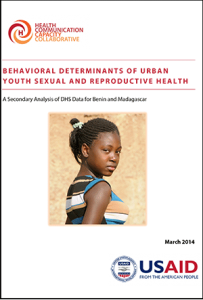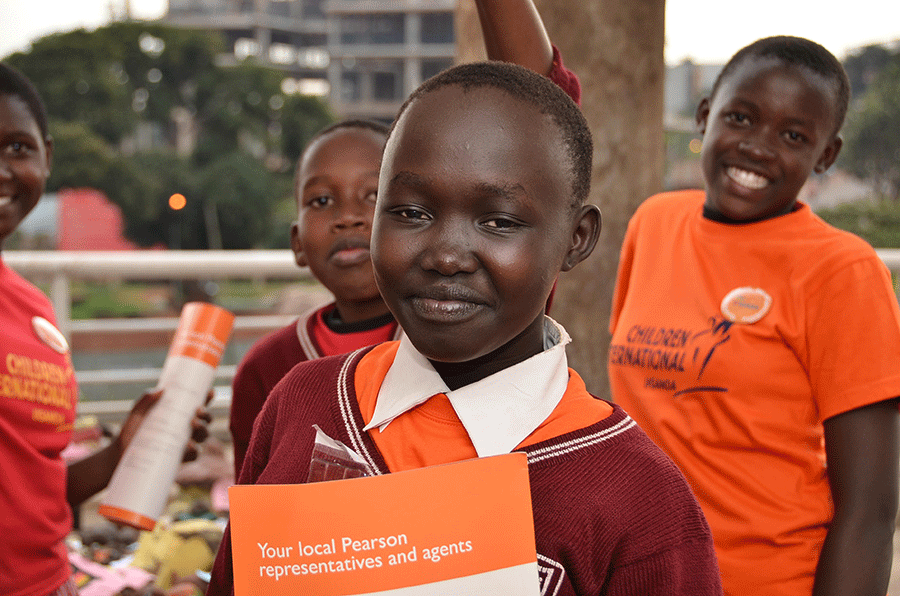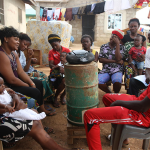New Reports Offer Insight into Addressing Urban Youth SRH Needs through SBCC
 Adolescence and youthhood are life stages defined by transition. For many, it marks the onset of experimentation with independence, sexuality and risk-taking. During this time, youth may drop out of or progress in school. They may find work where they live, or they may relocate in search of new opportunities. They may flourish socially and be supported by their family, or they may begin families of their own, on their own.
Adolescence and youthhood are life stages defined by transition. For many, it marks the onset of experimentation with independence, sexuality and risk-taking. During this time, youth may drop out of or progress in school. They may find work where they live, or they may relocate in search of new opportunities. They may flourish socially and be supported by their family, or they may begin families of their own, on their own.
Young people are a diverse bunch, with differing needs, particularly in sexual and reproductive health (SRH). Urban environments are equally unique and serve as “mixing pots” where this spectrum of young people converge, and – thanks to media and the Internet – cultural values combine and shift. So how can we contribute to the SRH and well-being of the world’s fastest-growing urban youth populations?

A French version is available here.
In late 2013, HC3 conducted a literature review and program scan to:
- Explore the SRH drivers, barriers and contextual factors of urban youth and adolescents in low- and middle-income countries
- Identify SRH social and behavior change communication (SBCC) interventions targeting urban youth and adolescents in these countries, and synthesize lessons learned
The review examined 29 SBCC interventions for urban youth, and analyzed the programs’ approaches, implementation settings and outcomes. Among others, the report’s recommendations emphasized the need to create enabling environments for SRH behavior change, involving young people in SRH SBCC program development, thorough audience segmentation, multi-channel program approaches and framing SRH issues in the broader context of young people’s needs.
Complementing the report, HC3 performed a secondary analysis on DHS data sets from two HC3 focal countries, Benin and Madagascar. The resulting report provides additional insight into the SRH behaviors, sexual relationship contexts, SRH service-seeking practices and media exposure rates of urban youth in these nations. The review shows that urban (versus rural) youth are more likely to engage in pre-marital sex, variance in contraceptive use by parity and socioeconomic status (SES), positive associations of condom use and SRH knowledge with education, and differences in media use and exposure to family planning messages according to SES, gender and education.
Over the coming months, HC3 will be working with US- and field-based partners to integrate the findings of these activities into an Urban Youth SRH SBCC Implementation Kit. Check back on our website periodically for more developments.
Please see both reports on the right. Also, please see this abbreviated version of the literature review.








Leave a Reply
Want to join the discussion?Feel free to contribute!